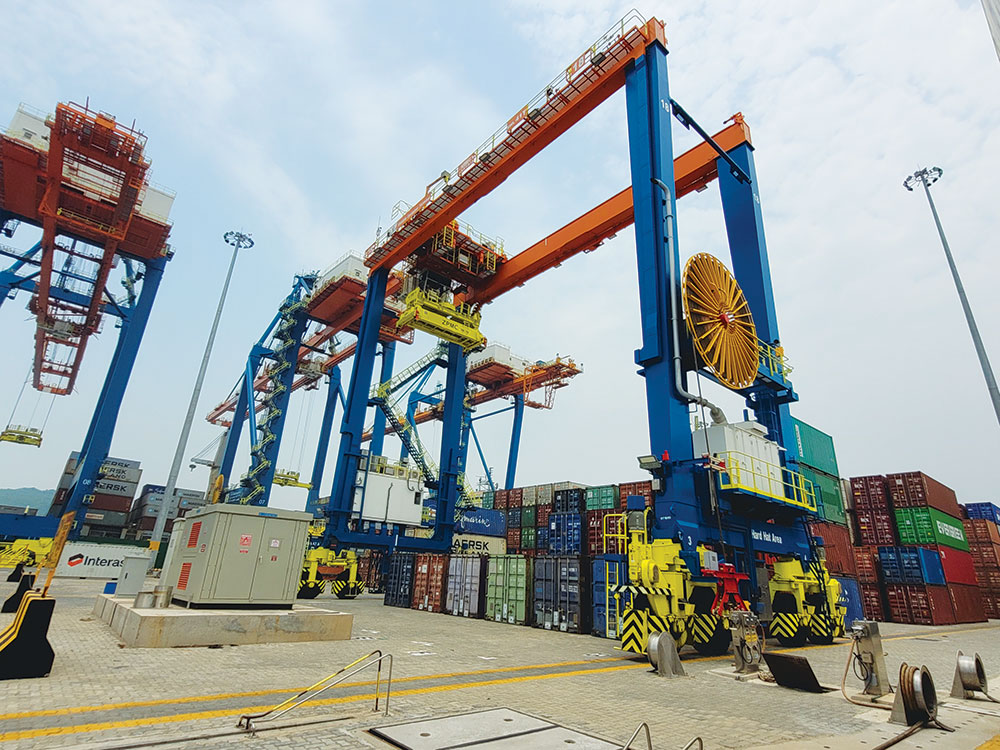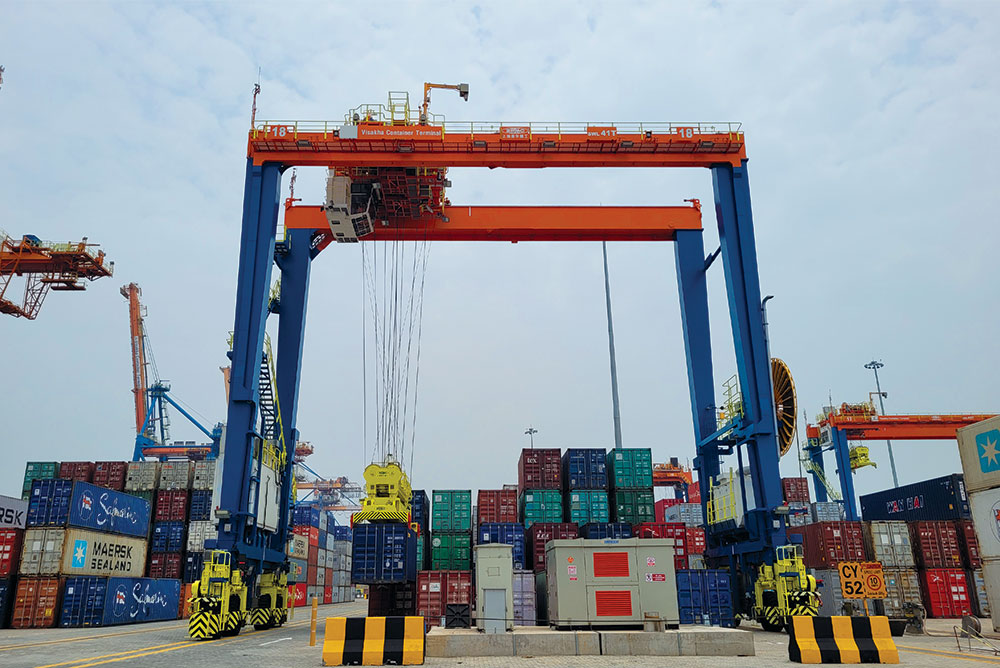The world is at a crossroad. Industries and companies across, acknowledge that our environmental issues have progressed from a state of ‘climate crisis’ to ‘climate emergency’. International organizations such as the United Nations through the Principles of Responsible Investment (PRI) too are pressing for change and strongly promoting the incorporation of Environmental, Social and Corporate Governance factors (ESG) into investment decision-making. The deeper question and conflict arising amongst many companies is, can traditional business practices be tied to sustainable business making? Major companies are taking the lead by experimenting with new technologies that can aid in sustainability, while also moving with sure-footedness, as they adopt proven technologies and metrics. One of the key areas that is seeing a lot of work and success is the move away from fossil fuels. Electrification is widely considered a winning solution to reduce oil dependency and decelerate the environmental impact caused by using fossil fuels through the years. The shipping and ports industry is one such example.
Shipping is the most efficient way to transport cargo across the world. However, the shipping industry is also responsible for a sizeable chunk of global greenhouse gas emissions. 2021 industry estimates point out that the global shipping industry produces nearly 4 percent of all the CO2 emissions, an estimated 15 percent of global Nitrous Oxides (NOx) emissions, and 4-6 percent of global Sulphur Oxide (SOx) emissions. While the shipping industry is an essential aspect of any country's economic engine, its role in being a significant source of air pollutants is undeniable. This is mainly due to diesel emissions from both landsides, waterside transportation and cargo handling equipment. Vessel operators, port operators and port owning governments, are now cognisant of this fact.
Cargo handling at ports is performed by cranes such as Rubber Tyred Gantry Cranes (RTGC), Rail-Mounted Gantry Cranes (RMGC), reach stackers, and vehicles that transport them. The number of container movements and the efficiency of each movement has a direct impact on the energy consumption of the equipment and the overall carbon footprint of a port. This is an aspect to focus on, alongside the throughput capacity and earnings of the port. A diesel engine crane will keep adding to the carbon footprint, and remain inefficient due to energy loss when the crane is not in use. This aspect can be remedied through the electrification of the engine by increasing efficiency through reduced energy consumption while decreasing greenhouse emissions. All of this being a critical step for the future, has judiciously been taken up by the J M Baxi group.
J M Baxi Port and Logistics Pvt. Ltd. have plans to electrify its terminals across the country as part of its sustainability agenda for the future. This strong-willed initiative for electrification is to ensure lower carbon emissions, cleaner fuel usage, and a safer environment for an energy- efficient India.

To ensure the fruition of that future, Paradip Multipurpose Clean Cargo Terminal, Kandla Container Terminal, Visakha Container Terminal. will undergo modifications to their Rubber Tyred Gantry Cranes (RTGCs) enabling them to be electrically powered.
This significant move of electrifying 13 Rail Mounted Gantry Crane (RMGC’s) - 7 at Visakha Container Terminal, 2 at Paradip Multipurpose Clean Cargo Terminal and 4 at Kandla Container Terminal is estimated to bring in a total EBITDA saving of Rs. 250 Mn within the next 3 years. It will also help save 568 Metric Ton (MT) of CO2 in 3 years, with an average payback period of 2.5 years. Moreover, modifications performed on the Rail Mounted Gantry Crane (RMGC’s) will ensure the relieving of reach stackers from usage at these terminals. Reach stackers utilize a significant amount of fossil fuel, such as diesel. In total 6 RMGC's will be electrically powered - 2 at Visakha Container Terminal, 2 at Delhi Inland Container Terminal, and 2 at Paradip Multipurpose Clean Cargo Terminal. This, in effect, would help save close to 519 Metric Ton (MT) of CO2 within 3 years, saving another Rs. 320 Mn as EBITDA.
Furthermore, another area of modification will be RTGC at the Container Freight Stations (CFS) and Inland Container Depots (ICD) of the company. The RTGC’s, 2 at Mumbai Container Freight Station, 2 at Vishaka Container Freight Station, and 2 at Delhi Inland Container Terminal will undergo electrification. This will help save an estimated 590 Metric Ton (MT) of CO2, accompanied by a total EBITDA saving of Rs. 340 Mn in 3 years, with an average payback period of 3.2 years.

This initiative by JM Baxi Port and Logistics Pvt. Ltd. for all its terminals is a great start to building a solid runway for an energy-efficient, carbon-free, and sustainable future.
